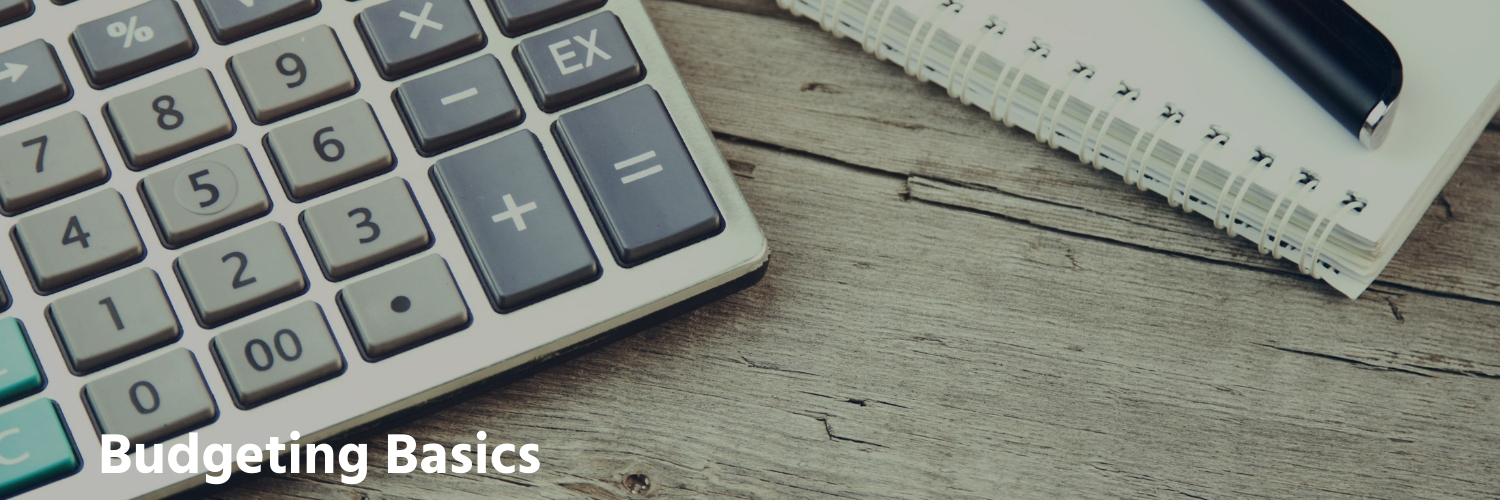“It’s not in my budget.” This phrase is used numerous times, but do you actually have a budget? Budgeting is the first step to taking control of your finances; however, a budget is useless unless you stick to it…
Where to start? An easy rule to follow is the 50/30/20 rule. This method splits your income into three “buckets.” This method offers flexibility and can be adjusted depending on your lifestyle. First, calculate your monthly take-home pay, and from there you can put your expenses into the following three categories.
 50% (Your Needs)
50% (Your Needs)
Think of your fixed costs as your monthly “must-have” costs, such as rent/mortgage, bills, car payment, and groceries. It is important to consider a “need” vs. a “want.” Any payment that could negatively impact your credit score if you missed it should be considered a need. Anything that you could realistically live without is a want, i.e., Netflix.
 20% (Savings & Debt)
20% (Savings & Debt)
Start paying off the past while investing in your future. Retirement contributions, investments, rainy day funds, and additional debt payments fall in this category.
 30% (Your Wants)
30% (Your Wants)
The remaining 30% of your income is your “lifestyle” spending. These are things that you want, but at the end of the day, they are not necessarily costs. You could live without your daily trip to Starbucks or your Spotify Premium account, but you shouldn’t have to! Budget successfully and you can have your wants, needs, and savings for a rainy day.
Budgeting can be a pain which is the main reason why people do not have a budget. However, without a budget, it is hard to determine where your money is going, your timeline for repaying debt, or how much you are capable of saving.
You can quickly view savings goals and budgets in the Smart Financial mobile app! Download it from the App or Google Play Store to get started.




